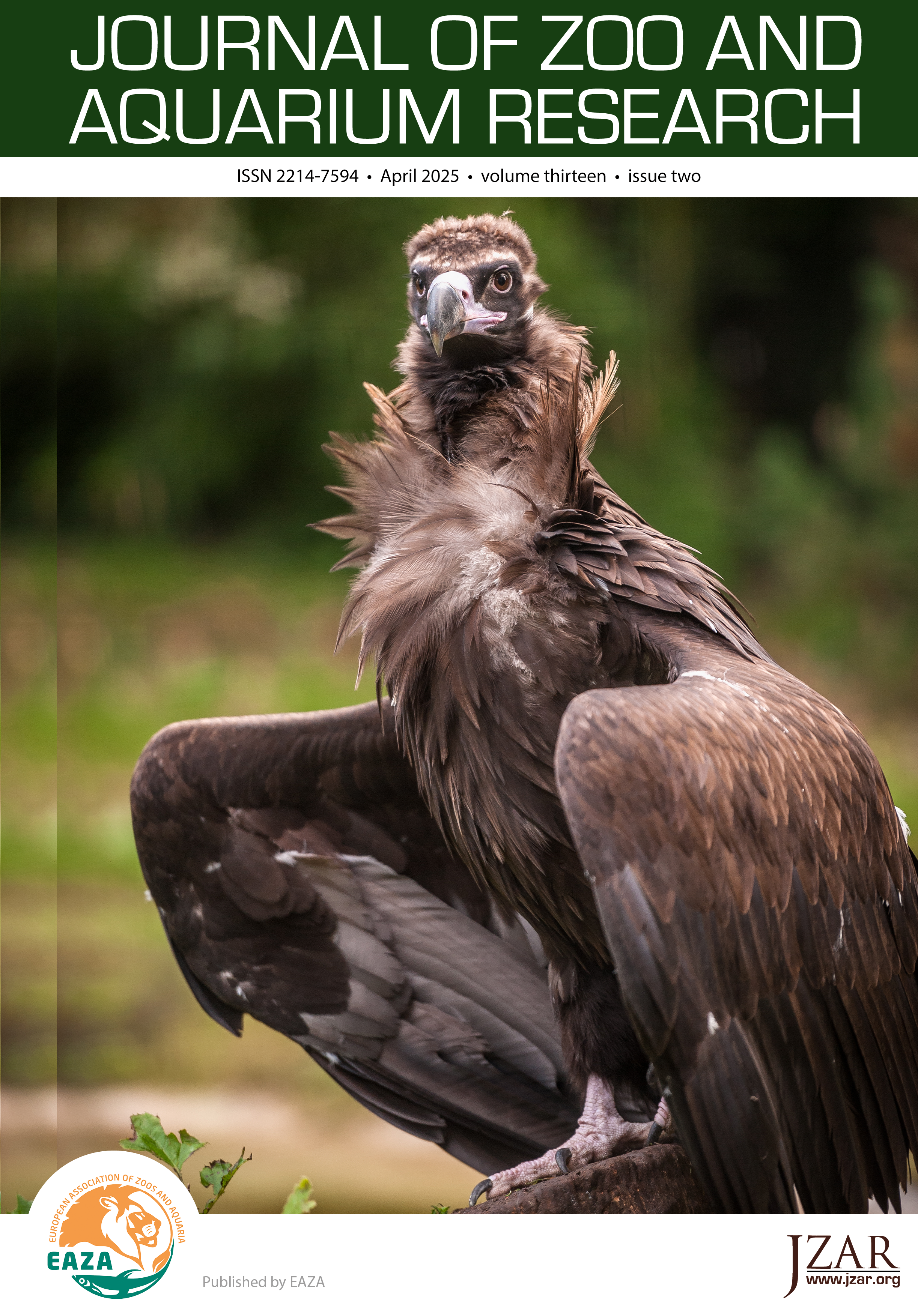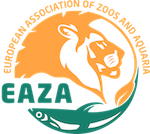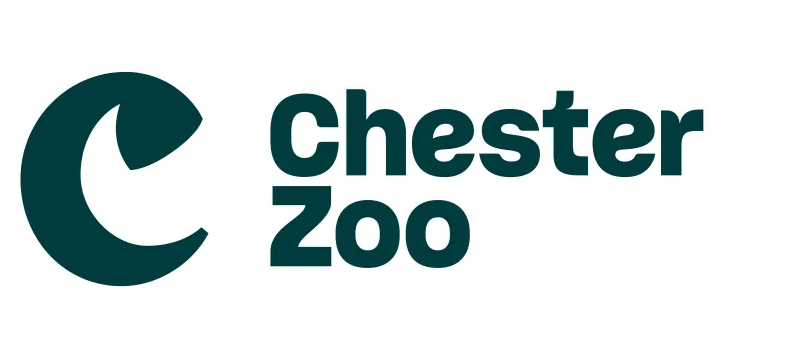Body mass of adult zoo hippos Hippopotamidae and how they compare to data from populations in the wild
DOI:
https://doi.org/10.19227/jzar.v13i2.905Keywords:
Artiodactyla, body condition, diet, ex situ, free-ranging, growth, obesity, size, weightAbstract
The body mass of zoo animals is a strong indication of the life conditions they receive under human care and how they adapt to them. Hippopotamuses (Hippos) in zoos are often considered overweight, but a comparison between the body mass of wild populations and the zoo population has never been done before. Here, we analysed the records of adult body mass of the global zoo populations of hippos (Hippopotamus amphibius and Choeropsis liberiensis) and compared them with available field data from wild populations found in the literature. Furthermore, we analysed trends in body mass with age and seasonality. Zoo hippos of both species are on average heavier than their wild counterparts. This disparity is of greater extent in pygmy hippos than in common hippos, and it can be visually attested when comparing body condition on photographs of zoo and free-ranging individuals. Both zoo populations display sexual body mass dimorphism, with adult males being on average heavier than adult females. For common hippos, this sexual dimorphism is much more prominent in the zoo population than in wild populations, possibly due to males having the full nutritional potential to grow to larger sizes in zoos. Neither species displays consistent seasonal fluctuations in body mass, contrary to what is described for common hippos in the wild due to fluctuations in the availability of resources. While no immediate population-level health problems seem to be prevalent in either species due to overweight, it nevertheless might hinder the management and breeding of these two endangered species due to high infant mortality and earlier puberty. Changes in zoo hippo nutrition should aim to adjust body mass and body condition to values similar to those observed in wild populations by offering them an appropriate diet and monitoring body condition. Our results also demonstrate that efforts to improve nutrition in the last decade have yielded a positive trend of body mass reduction in pygmy hippos in zoos.
Downloads
Additional Files
Published
How to Cite
Issue
Section
License
JZAR fulfils the DOAJ definition of open access and provides free and open access to the full text of all content without delay under a Creative Commons licence. The copyright holder of JZAR publications grants usage rights to third parties, allowing for immediate free access to the work and permitting any user to read, download, copy, distribute, print, search, or link to the full texts of articles.







